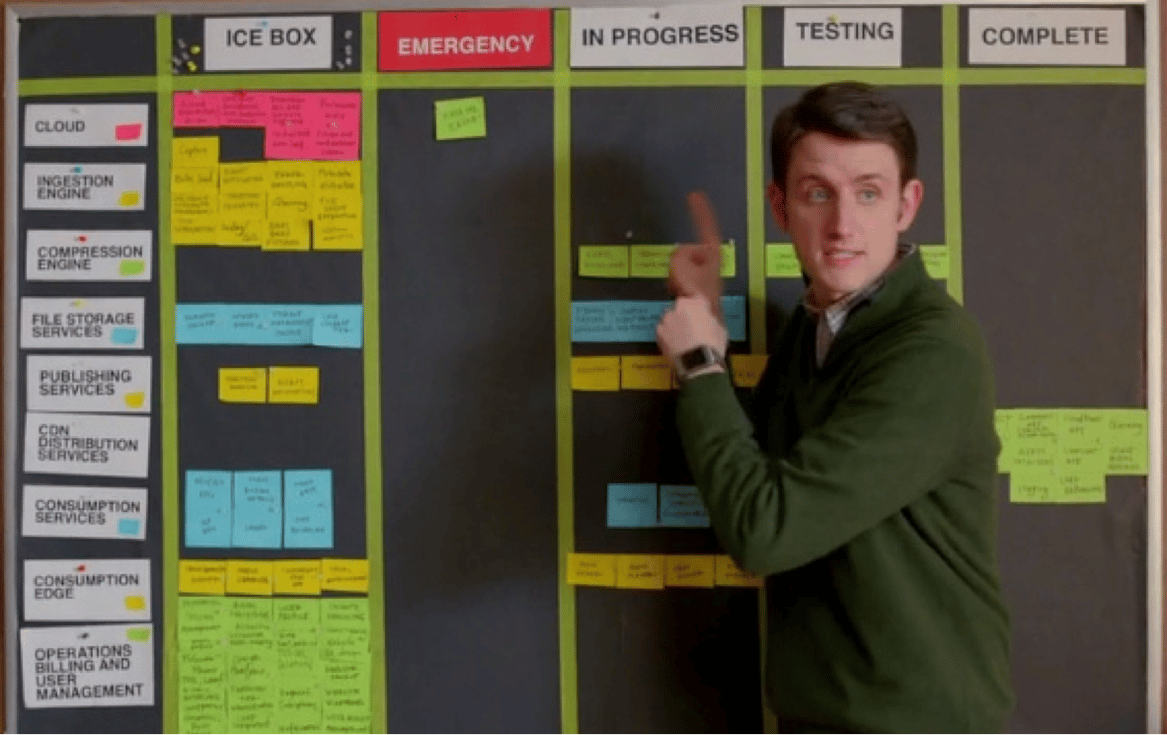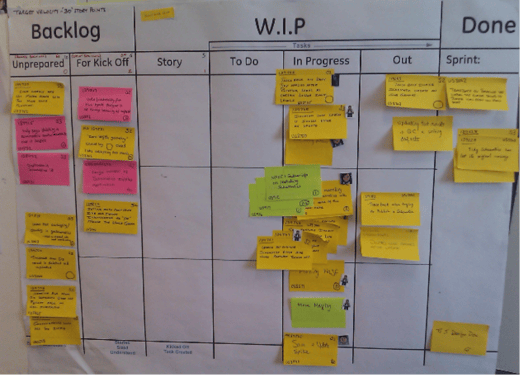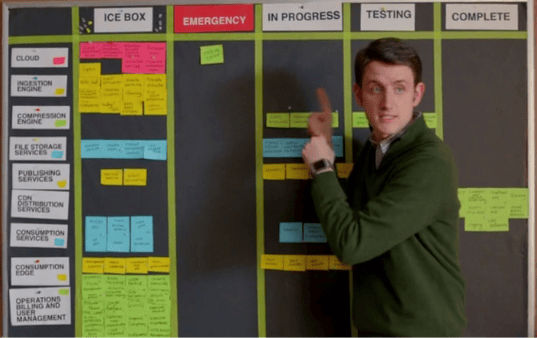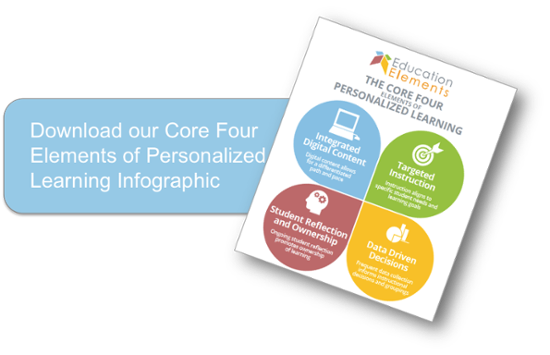
How Can "Sprints" Help Schools and Districts?
School Districts | Innovative Leadership
Ah, the joy of grade-level meetings. In my past life as a public school teacher, I attended them every Tuesday morning at 7:45 AM. All the teachers on my team met to learn about new school and district mandates, plan field trips, and vent about challenging students and how to help them. Even with the most well-intentioned teacher planning and running the meetings, rarely did they result in a list of clear actions with clear owners and clear deadlines.
Why is that? For one thing, teacher PD doesn’t help you learn how to run an effective meeting. The greater missing piece was that we didn’t have a method for putting new work into motion -- and new work and demands popped up all the time. This is true in schools, districts, and any organization for that matter.
Fast forward a few years in my career and here I am working alongside software developers at Education Elements. No, they don’t have grade-level meetings, but they do practice a disciplined and structured approach for putting work into motion, so that the whole team is focused on building things that provide value to our end-users.
The “approach” is known as “Agile,” and it is practiced by software companies across the globe. It is a set of guiding principles and methods that help teams respond to shifting organizational requirements while planning and executing work that delivers value to customers (in the case of a school, “customers” can be students, staff and the community).
A core component of the Agile approach is a “sprint”. A sprint is a set duration of time (usually 1-4 weeks), where members of the team work on a defined set of prioritized tasks. Before the sprint, the team reviews the list, or backlog, of all of the work that needs to get done. For school and district teams, this can force the conversation to be around what is most urgent. At the same time, it also gives members of the team a sense of what work is upcoming.
The most urgent items are then “packed” into the sprint and assigned to individuals. The ritual of “sprint packing,” or deciding on what exactly the team will work on, is critical because it allows the team to be nimble and work on what is most important at the time. At a school or district this is particularly relevant, since teams have to be responsive to student and staff needs, which are ever-changing.
Each day during the sprint, the team holds a short, 10-15 minute, meeting called a “stand-up”. During the stand-up each person shares, what he/she completed yesterday, what he/she will do today and raises any issues that are blocking work from getting done. If adjustments need to be made, this is the time to make them (or at least start those conversations). District and school teams can benefit from this because it sets the expectation for regular communication about progress. Additionally, these daily check-ins set the team up to be iterative. If one approach isn’t working, staff members can help each other find a better one.
At the end of the sprint, the team should be able to demo a feature that adds value for the customer. In the software world, this might be a new feature that allows users to share photos. In the context of a school, this might be implementing strategies for recognizing positive student behaviors, then sharing the results. This practice raises accountability for each member of the team as well as visibility into each other’s work. In a district office where staff members might be out in the field without a ton of time to connect with each other, “demoing” your work can help to raise visibility and increase collaboration.
If you are curious on what it might look like to put this thinking into action at your school or district, check out these steps:
- Define your sprints. How long do want your sprints to be? Three weeks, two weeks, one week?
- Pick a tool to track your sprints and backlog. Want low-tech? Use post-its. Want something web-based? You can use a free app, like Trello, to organize the tasks that need to get done.
- Create a backlog of work. List out all of the “work” your team needs to do. Create one post-it note or Trello card for each discrete item that needs to get done. Rank the items in order of importance. What needs to get done today? Put those at the top. What is important but not urgent? Put those in the middle? What is a “nice to have”? Put those at the bottom.

- Pack your sprint. During your weekly team meeting, review your backlog and pull the most important items into the sprint. What you “pack” should be moved into or labeled as “to do”. During the sprint, these are the only items the team will work on.
- “Stand Up”. Meet daily to check-in on the team’s progress on each item. This is a good time to bring up any blocking issues and remove them together. If you can check-in for five minutes, in-person that’s ideal. Otherwise, you can use a group chat app or email to share your progress.
- Demo and Reflect. At the end of the sprint, share your work with each other. This can happen during the grade-level meeting. Reflect on what went well, what didn’t go well and what you will improve for the next sprint.
If you feel like your grade-level or your team at the district office can be more effective at planning and delivering high-value work, I encourage you to try out a few experimental sprints.
If you want to learn more about the history and thinking behind sprints and Agile, check out this video: Introduction to Scrum. And if you want to chat with me about how we run our meetings here, feel free to reach out (justin@edelements.com)! Here’s to improving grade-level team meetings across the country!

--
Feature Photo Credit: Silicon Valley (TV Series)
About Justin de Leon
Justin de Leon is a Partner and joined Education Elements in 2012. He began his career in education teaching English at Brownsville Middle School in Miami-Dade. In his first year, he shifted from a traditional model to a blended model as a way to personalize and saw management issues disappear and achievement increase. During several school years, Justin worked with Teach for America to provide mentoring, coaching and professional development to ELA corps members. After moving to the west coast, he gained experience in the charter world while teaching ELA at KIPP Heartwood Academy in San Jose, CA.



